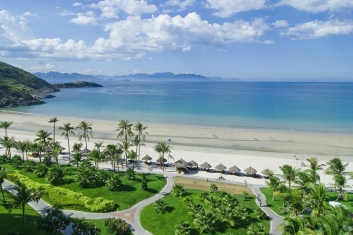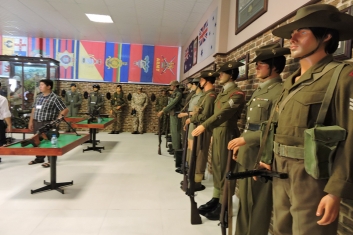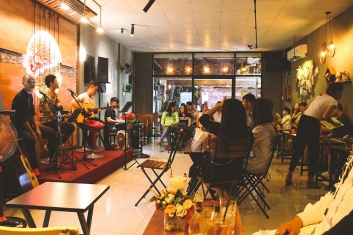![]() Vietnam Travel Guide
Vietnam Travel Guide
Hoa Lo Prison – The Most Frightening Place In Southeast Asia
According to CNN’s recently released poll, Hoa Lo Prison in Vietnam ranks first in the top five most frightening places in Southeast Asia. Therefore, it becomes the best destination in Vietnam for people who take Hanoi one Day Tour and would like to understand the history in Hanoi.
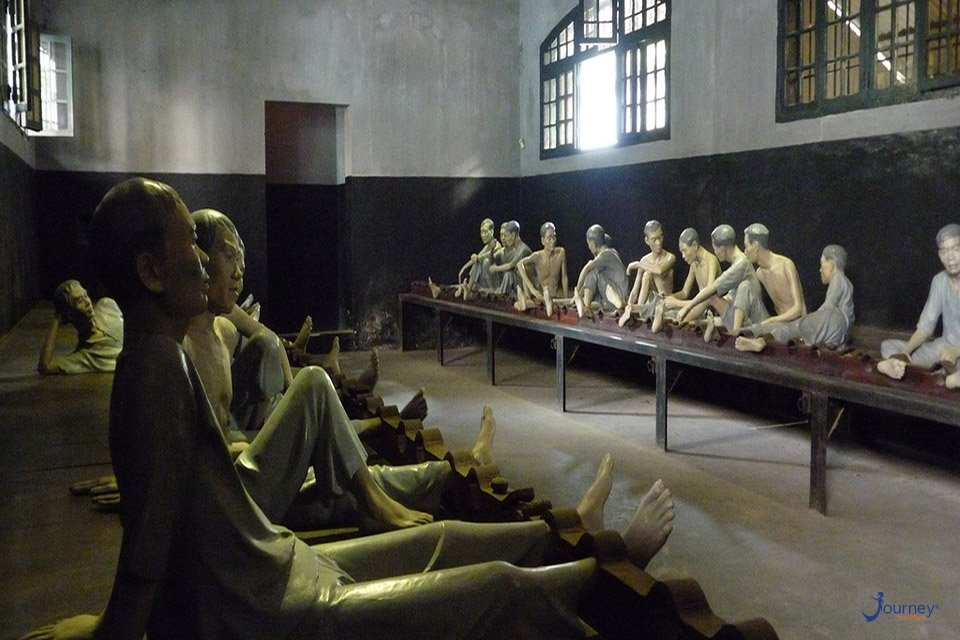
Overview to Hoa Lo
Hoa Lo Prison is located on Hoa Lo Street, Hoan Kiem District, Hanoi (which is located on the land of Phu Khanh village in Vinh Xuong Commune, Tho Xuong District) was built by French Colonialists in 1896, just four years after “hell on earth” was started construction in Con Dao. Hoa Lo has a total area of more than 12,000 m2, is one of the largest and strongest prisons in Indochina at that time.
Hoa Lo Prison is located in the heart of Hanoi, built in 1896. The French colonialists built the prison to detain those who struggled against French colonial rule.
Hoa Lo Prison (Maison Centrale), but built on the land of Phu Khanh village, Vinh Xuong (in the past), this is a village specializing in producing ceramics, the fire is bright every night, so the village is called Hoa Lo (fire furnace) and the prison here is also called Hoa Lo prison.
While other prisons are isolated from residential areas, Hoa Lo is located in the center of Hanoi, the capital of the colonial government at the time.
Architecture of Hoa Lo Prison
Hoa Lo Prison was built at the most important position by the French colonialists in the attempt to suppress dissidents of colonial rule. Thus, they built this largest and most solid prison in Indochina. According to the design approved in 1896, Hoa Lo Prison consists of the following works:
- A house for the guard (Administrative house)
- A house used as a clinic
- A house used as a hospital
- Two houses used to detain the accused (not yet convicted)
- A house used for carpentry workshops, iron workshop, sewing workshop, leather workshop
- Five regions for prisoners were sentenced to prison
- Four camps for prisoners of death row, dangerous prisoners, prisoners who violate prison rules.
Surrounding the prison is a solid wall of stone, 4m high, 0.5m thick, on top of the walls are pieces of glass and high voltage wire to prevent prisoners from escaping. At the foot of the inner wall is a 3m wide sidewalk for guards patrolling around the prison area. Four corners have four guard towers capable of observing the whole of the patrol and around the outside of the prison.
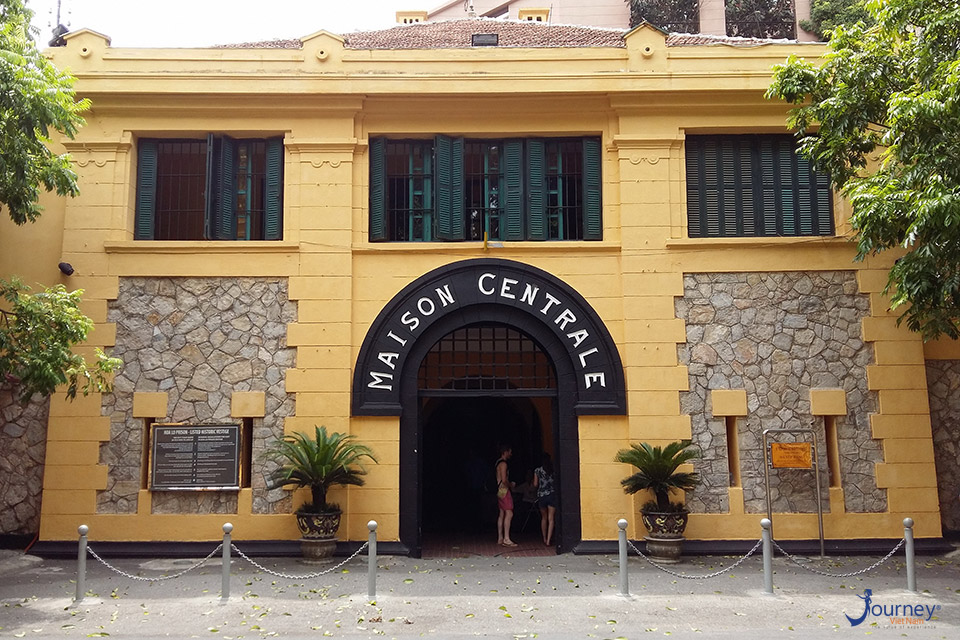
Particularly, the iron door system and locks were brought from France.
The main gate is attached to a two-storeys building with arched structure. The prison has two iron gates. From one camp to another must follow a path with many iron doors, so prisoners can hardly escape
Stepping through the main gates of the prison are narrow, dark corridors, leading to the detention center. The detention area was separated by a large, solid, nearly 4m high door, with solid locking system, where the prisoners were chained to two long strings on the concrete platforms. The light of this area only from the small window frames creates a dark scene.
The Hell in the earth
Here, visitors can witness the horror and brutality of a notorious prison in that time and at the same time can see the indomitable spirit of the communists.
Take a look at the small cell size of 1.8 m by 1.8 m with wood panels and mats for the prisoners. The windows are always closed and in prison, there were always many prisoners. In 1916, the prison capacity was only 600 people but many days there were 730 prisoners. By 1933, the number of prisoners detained there increased to 1,430 and in 1954 more than 2,000.
In the prison, visitors of Sapa Vietnam Tours will see frightening iron cages with many artifacts and photographs of Vietnamese prisoners with the wooden shackles making them cannot stand up or move. Prisoners are often starved, tortured, beaten and isolated. you can read a prison guard’s, quote that “death is easy but life is hard”.
Many generations of Vietnamese have been detained in Hoa Lo Prison, such as patriotic scholars such as Phan Boi Chau, Luong Van Can …, Nguyen Van Cu, Truong Chinh, Le Duan, Nguyen Van Linh, Do Muoi – the elite of Vietnam, later became senior cadres of the Communist Party of Vietnam and many other revolutionary soldiers. In spite of being beaten by the enemy, being imprisoned in the dungeon, even sacrificing their life, soldiers still held the will to fight the colonists, making the Hoa Lo prison become a revolutionary school, the training environment to increase thoughts, wills. In Hoa Lo Prison, political training classes were opened, the Red Prison Newspaper, Prison magazines, and so on were published.
Copyright © 2016 Journey Vietnam.



